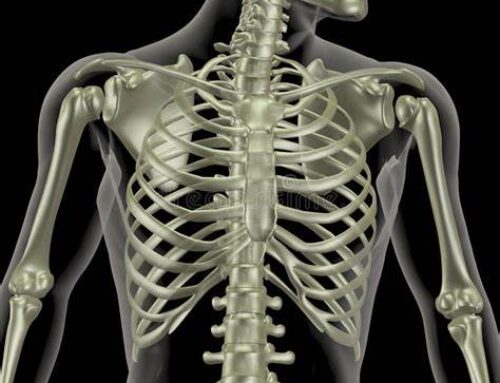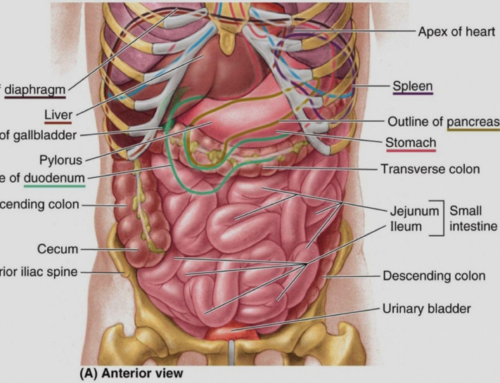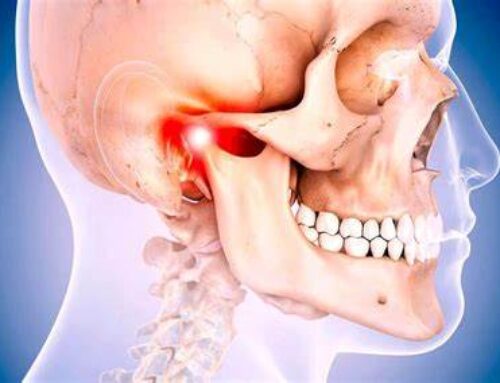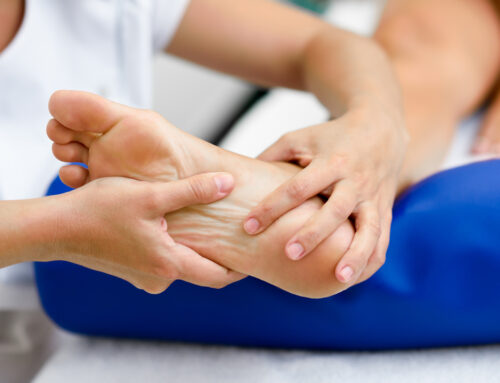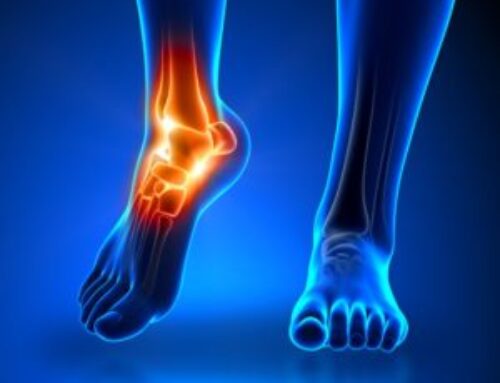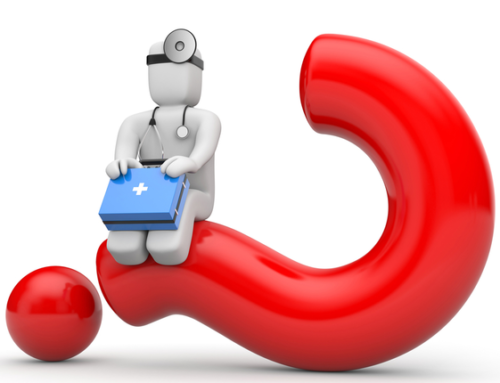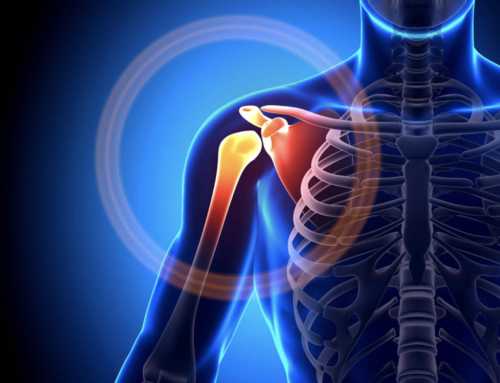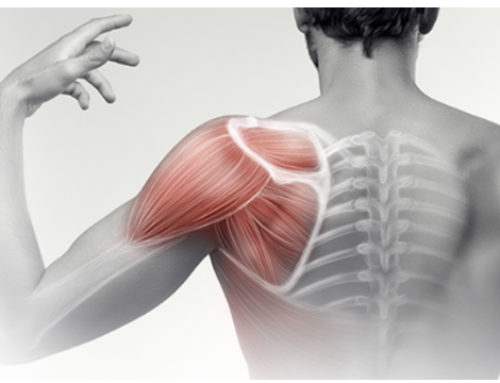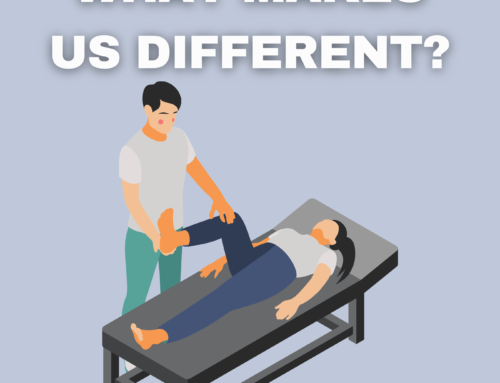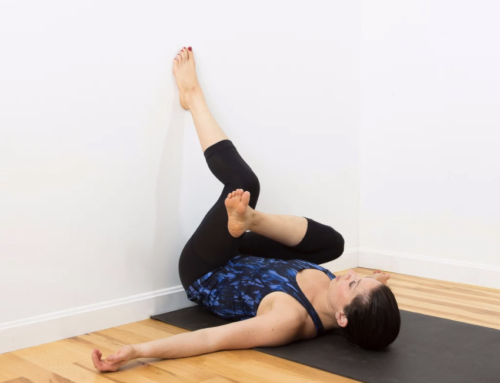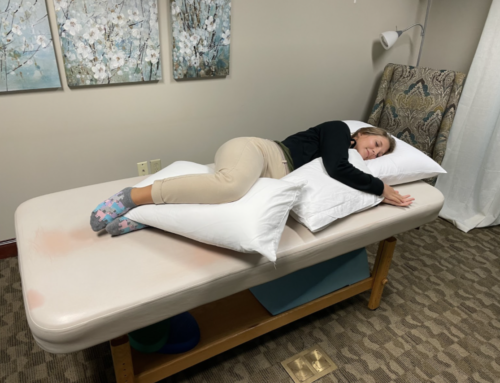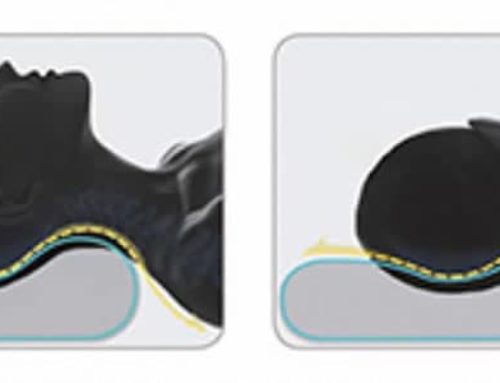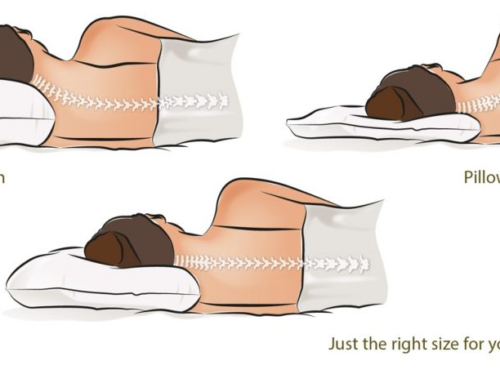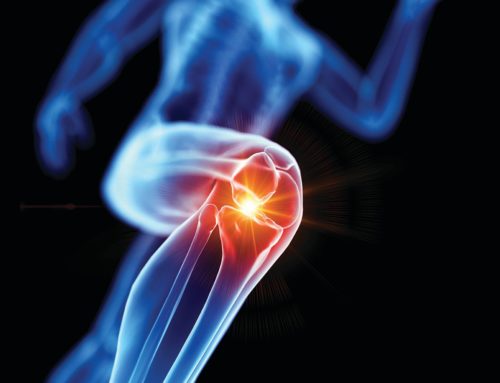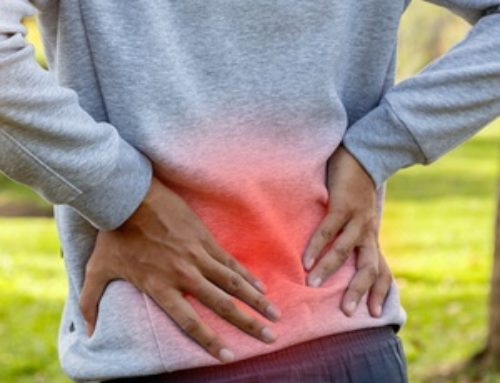This blog goes along with the concept that “prehab” is always easier, less painful, and cheaper than “rehab”. Ensure that your body is ready to carry a baby by addressing pains or problems associated with posture and/or weakness BEFORE you start gaining “baby weight”. For example: extra abdominal weight changes the position of your center of mass (COM) and causes it to shift forward which in turn can cause a compensatory hyperextension in your low back and eventually low back pain.
Here are some physical therapist tips for helping to prepare your body for pregnancy for better odds of avoiding musculoskeletal pain/dysfunction during and/or after it.
- Strengthen your pelvic floor muscles. This is done by performing pelvic floor contractions (Kegels), or gently squeezing your pelvic sphincter muscles (not the buttocks or thighs). Strengthening/tightening these muscles will help prevent leakage when a woman sneezes, coughs, etc, and can also reduce pelvic pain during pregnancy.
- Prepare for “baby belly” by focusing on your core. Core strengthening can help prevent diastasis recti-abdominal muscle separation. As your belly grows, the abdominal muscles that run vertically along either side of the belly button can be forced apart, like a zipper opening. Too much separation can cause core weakness, resulting in low back pain, pelvic pain, or other injuries due to compensatory strategies from the increased core weakness.
It is also important to perform proper and safe core strengthening exercises as some exercises such as a traditional sit ups can actually increase the likelihood of developing diastasis recti, incontinence, and back pain during and after pregnancy. Because of this, it is important to consult with your physical therapist on the right exercise strategy for your core strengthening.
- Take a breath! Breathing technique is something that most of us usually take for granted however there is a lot of strategy and components to breathing efficiently. Learning proper breathing techniques from your physical therapist will help prepare your body for a healthy pregnancy. Learning to properly exhale while performing the concentric part of any exercise or task can do this. With proper technique, your core and pelvic floor muscles will contract automatically, and this will lead to optimal stability and injury protection.
- Begin a regular fitness routine. Exercise will help boost your muscle and cardiovascular strength, which will help you carry that extra baby weight! Once you become pregnant, consider maintaining increased physical activity by engaging in relatively low-impact activities, such as swimming, walking on even surfaces, biking or using an elliptical machine. Runners should be aware that loosening of their ligaments (due to release of the hormone of relaxin) may make them more susceptible to sacroiliac, knee, and ankle injuries.
- Practice good posture. Poor posture can have a major effect on every part of your body, particularly with regard to pain during pregnancy. A physical therapist can evaluate your posture and suggest postural strengthening exercises and ergonomic corrections for prolonged sitting at work and during commutes. Establishing health posture habits will better prepare your body for the extra weight gain of pregnancy and lessen your chances low back and/or pelvic pain.
Read more at moveforwardpt.com.





